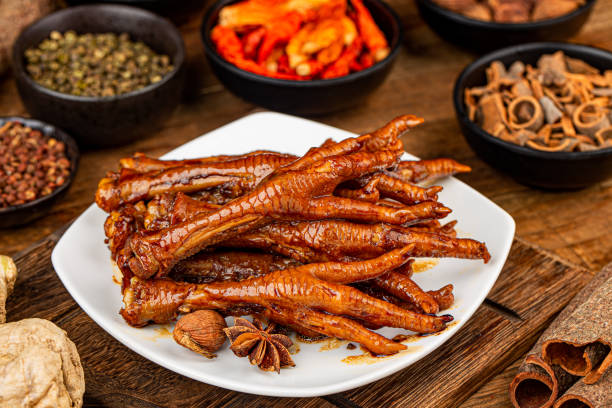Unveiling the Magic of South African Biltong
South Africa, a land of diverse cultures and rich traditions, brings us an exciting culinary marvel - Biltong. This dried, cured meat has been a part of South African cuisine for centuries and is now gaining global recognition. Let's embark on a delightful journey exploring this unique delicacy.

A Slice into the History
Biltong traces its roots back to the indigenous people of Southern Africa. The term ‘biltong’ originates from Dutch words ‘bil’, meaning rump, and ‘tong’, which means strip or tongue. Preserving meat was a necessity for survival during long treks and hunting trips. The art of curing meat with salt and spices soon evolved into a cherished culinary tradition.
The Making of Biltong
Biltong’s uniqueness lies in its preparation. High-quality beef is sliced into strips, seasoned with a blend of vinegar, salt, coriander, black pepper, and sometimes sugar. The meat is then air-dried in a well-ventilated, cool space for about five to ten days until it reaches the perfect texture.
Biltong vs Jerky: The Meaty Difference
While Biltong may seem similar to the American beef jerky, they are fundamentally different. The preparation, taste, and texture of the two are distinct. Biltong is cured before being dried, whereas jerky is often smoked after drying. The spices used in biltong give it a unique flavor profile, making it a gourmet snack.
Biltong’s Nutritional Punch
Biltong is not only delicious but also packed with nutrients. It is high in protein, low in carbohydrates, and contains essential vitamins like iron, zinc, and vitamin B12. This makes it a favorite among athletes and health enthusiasts.
Biltong in Modern Cuisine
Biltong has made its way from simple snack food to gourmet ingredient in modern cuisine. Its robust flavor and unique texture make it a versatile ingredient in salads, pizzas, sandwiches, and even desserts.
Trivia and Tips:
- Biltong is usually made from beef, but variants include game meats like ostrich and kudu.
- Unlike most dried meats, biltong is often enjoyed raw.
- Coriander seeds are a key ingredient in traditional biltong spice mix.
- The drying time determines the texture of biltong. Shorter drying times result in softer, chewier biltong, while longer drying times make it harder and crunchier.
As we reach the end of our exploration, it’s clear that biltong is more than just a preserved meat snack. It’s a testimony to South Africa’s rich history, a testament to human ingenuity, and a flavorful celebration of culinary tradition. So, the next time you’re on a culinary adventure, don’t forget to try this South African delight. Who knows, biltong might just be the bite you need to elevate your food journey to a whole new level.





